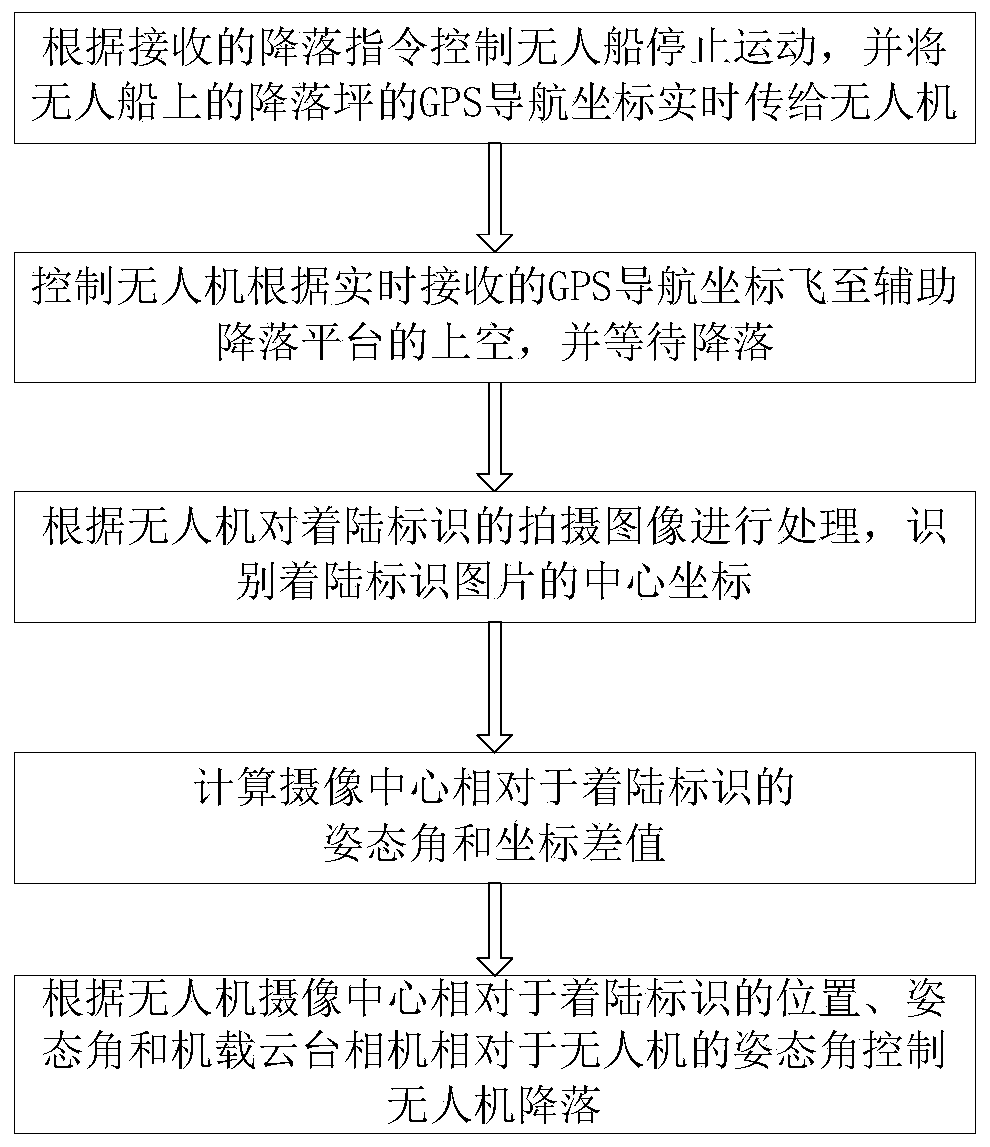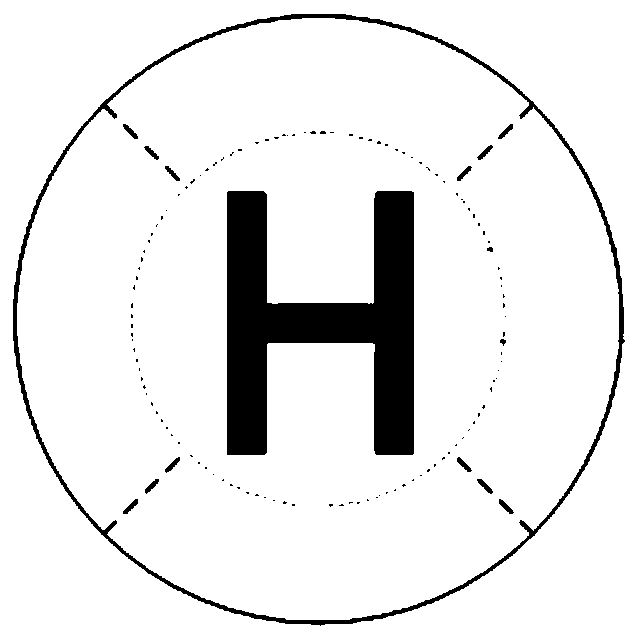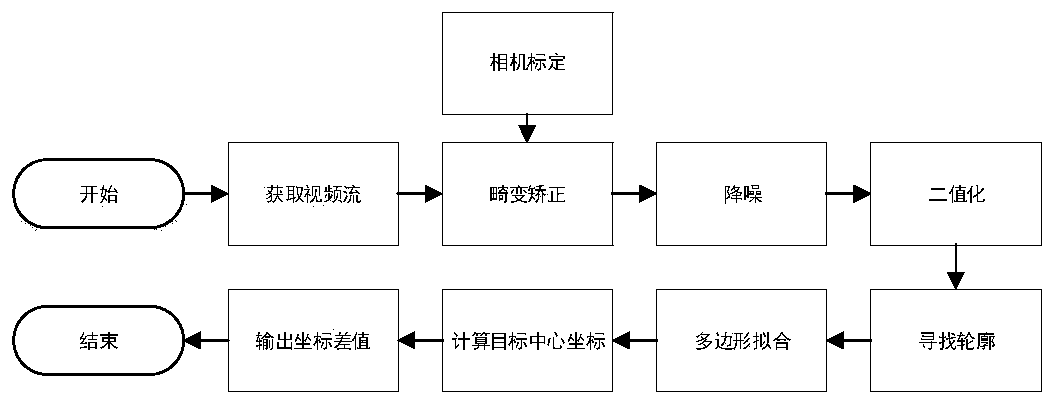Autonomous unmanned aerial vehicle landing method and system based on GPS and image recognition hybrid navigation
An image recognition and hybrid navigation technology, applied in the field of unmanned aerial vehicles, can solve the problems of waste of time and energy, limited development and application, poor load and endurance of small unmanned aerial vehicles, etc., to improve the fault tolerance rate, good reliability, low cost effect
- Summary
- Abstract
- Description
- Claims
- Application Information
AI Technical Summary
Problems solved by technology
Method used
Image
Examples
Embodiment Construction
[0050] In order to make the object, technical solution and advantages of the present invention more clear, the present invention will be further described in detail below in conjunction with the examples. It should be understood that the specific embodiments described here are only used to explain the present invention, not to limit the present invention.
[0051] Such as figure 1 As shown, a UAV autonomous landing method based on GPS and image recognition hybrid navigation, the details are as follows:
[0052] The present invention designs a specially designed ship-borne auxiliary landing platform, utilizes the existing airborne pan-tilt camera of the four-rotor UAV 1, and provides a vision-assisted rotor UAV with high precision, good reliability, and low cost. Landing method, especially suitable for landing on unmanned ships. The top view diagram including quadrotor UAV, airborne gimbal camera, airborne magnetic landing gear, ship-borne auxiliary landing platform, unmanned...
PUM
 Login to View More
Login to View More Abstract
Description
Claims
Application Information
 Login to View More
Login to View More - R&D
- Intellectual Property
- Life Sciences
- Materials
- Tech Scout
- Unparalleled Data Quality
- Higher Quality Content
- 60% Fewer Hallucinations
Browse by: Latest US Patents, China's latest patents, Technical Efficacy Thesaurus, Application Domain, Technology Topic, Popular Technical Reports.
© 2025 PatSnap. All rights reserved.Legal|Privacy policy|Modern Slavery Act Transparency Statement|Sitemap|About US| Contact US: help@patsnap.com



